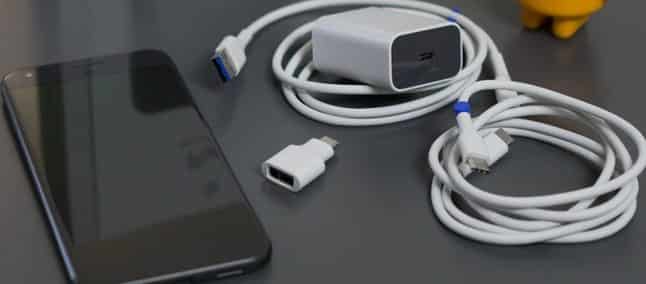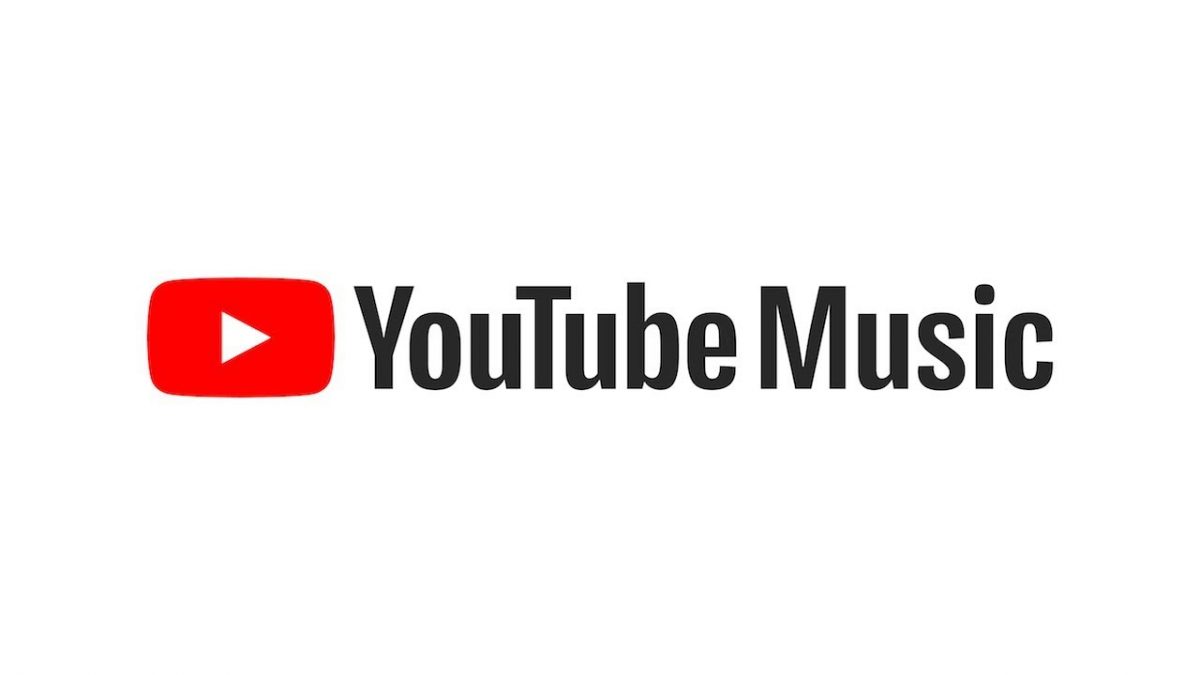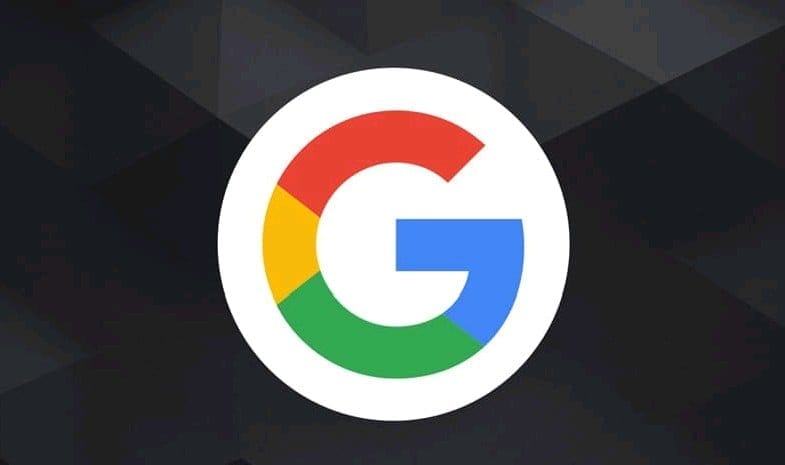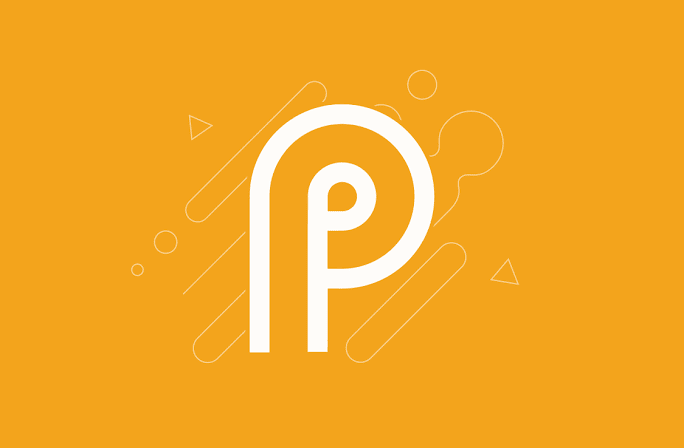The Google Pixel XL received the update to Android 8.1 Oreo in January this year, and since then users have been facing a problem that, depending on the type of charger used, can be a great danger to the smartphone and themselves.
The problem is different from what we’ve already know in 2017 versions of Google’s smartphones, and apparently only affects the largest model released in 2016. According to bug information on Google’s Issue Tracker, the device tries to pull more the charger, which could cause overcharging.
It is not always that the user will realize this issue. To do this, the battery needs less than 50% charge, and then plug the device into the wall outlet with a USB-type C cable into an 18W wall outlet (like the original). There is no information if adapters with less power generate the same problem.
Once the device is plugged in, the device must be turned off. Then a quick charge prompt will appear. This can happen up to four times, alternating between this fast charge and a normal charge or no charge, depending on the charger.
Despite asking for the 18W normally, the smartphone tries to pull, in fact, incredible 25W. And then, while a well-built adapter will cut the power to avoid overcharge, alternative models can damage the device, delivering this excessive charge.
The bug was already reported on the Issue Tracker on January 26, but so far Google has not released a fix. It may not seem like a big problem, but there are users who accept the risk of using unsafe chargers, and there will be headache for the consumer and for Google.
Many users have already responded to the topic by saying they also noticed the bug, which indicates that it is not just an isolated case. So far, the company has not appeared on the case.









It’s unfortunate that some persons are having this issue. Let us try few steps which may help you fix it:
*. Check for loose USB charging port on your device.
*. Clean the device and power adapter, then try to charge. Blow into the charging port of your device to remove any loose lint or dust. After you blow inside, look inside to see if there are any chunks of lint or anything else that you might need to dig out in order for the device to charge properly.
*. Try charging through a computer using the USB cable.
*. Try using the same USB cable and adapter to charge another device, such as different phone or tablet or even a Bluetooth device.
*. For testing purposes, try charging your main device with the same USB cable but using a different charging adapter.
*. For testing purposes, try charging your main device with the main charging adapter, but using a different USB cable.